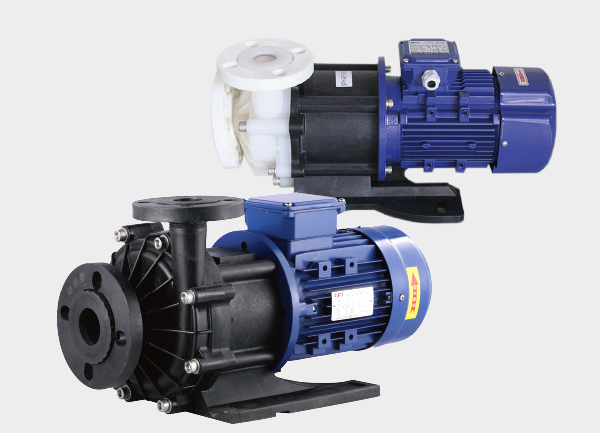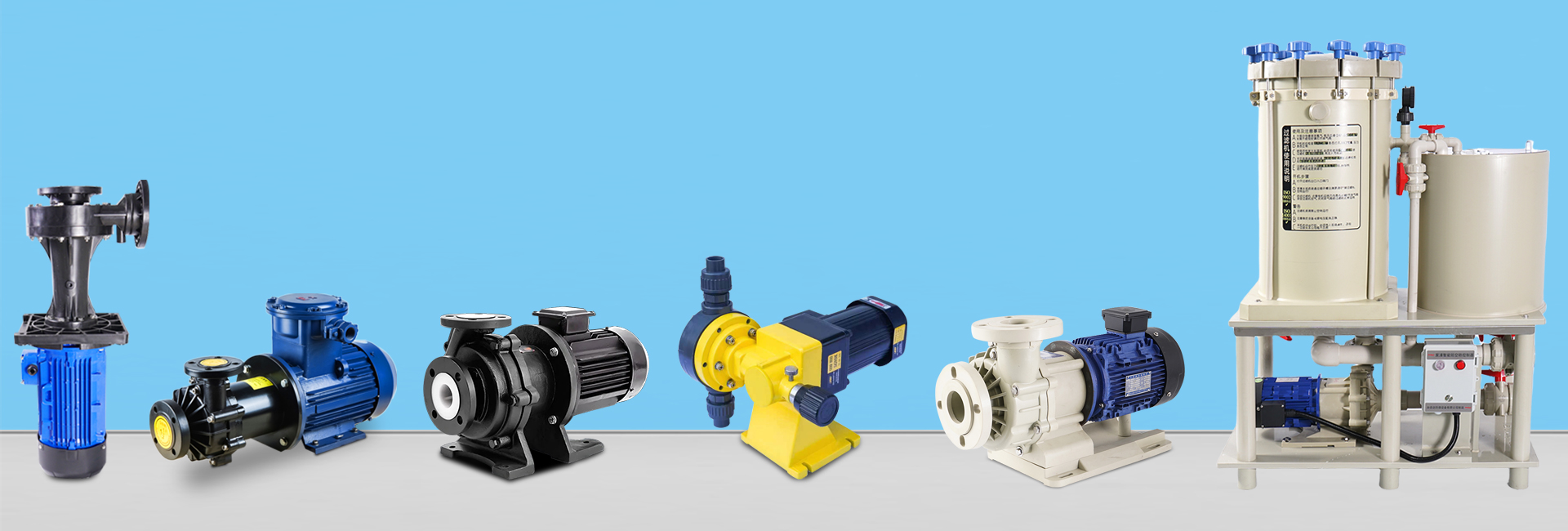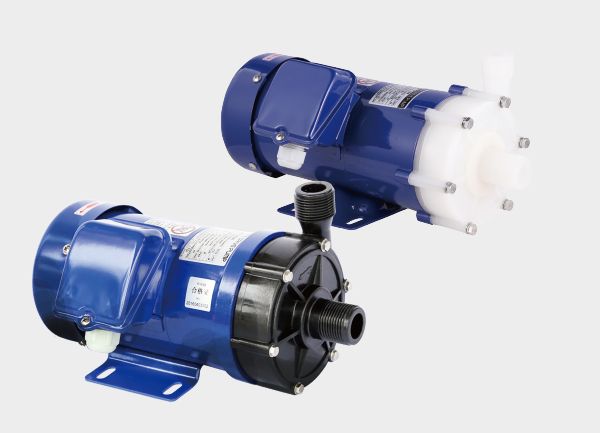Magnetic drive pumps (also known as magnetically coupled pumps) achieve leak-free fluid transfer by transmitting torque through magnetic coupling instead of a direct mechanical connection. The system consists of two key components — an outer magnet and an inner magnet, separated by a containment shell (isolation sleeve). Understanding their structural differences is essential for proper pump selection, operation, and maintenance.

🔹 1. Basic Concept
A magnetic drive pump uses the outer magnetic rotor and inner magnetic rotor to form a magnetic coupling. The outer magnet receives the motor’s torque and transfers it to the inner magnet through a magnetic field.
The containment shell between them ensures complete fluid isolation, eliminating leakage risk.
🔹 2. Outer Magnet Structure
✅ Position and Function
Located outside the containment shell, directly connected to the motor shaft.
Responsible for receiving mechanical energy from the motor and transferring it magnetically to the inner rotor.
The outer magnet does not contact the pumped fluid.
✅ Structural Features
Mounted coaxially on the motor shaft.
Typically made of a steel shell with permanent magnets (such as NdFeB rare-earth magnets).
Magnetic poles are arranged in a circular pattern to create a strong magnetic field.
When the outer magnet rotates, it generates a rotating magnetic field that drives the inner magnet in synchronous motion.
✅ Key Characteristics
Directly coupled to the motor.
Isolated from the fluid.
Transfers mechanical torque efficiently.
🔹 3. Inner Magnet Structure
✅ Position and Function
Located inside the containment shell, fixed to the impeller.
Its main role is to receive the magnetic torque from the outer magnet and drive the impeller rotation.
The inner magnet is in direct contact with the pumped fluid.
✅ Structural Features
Integrated with the impeller assembly.
Protected by corrosion-resistant materials such as fluoroplastics, stainless steel, or titanium alloys.
Contains strong magnets aligned opposite to the outer magnet poles.
Rotates synchronously with the outer magnet to drive fluid flow.
✅ Key Characteristics
Contacts the pumped liquid directly.
Driven by magnetic force, not mechanically.
Endures hydraulic pressure and centrifugal force.
🔹 4. Comparison Between Inner and Outer Magnet Structures
| Item | Outer Magnet | Inner Magnet |
|---|---|---|
| Location | Outside the containment shell | Inside the containment shell |
| Drive Method | Directly driven by motor | Driven by magnetic force |
| Contact with Fluid | No | Yes |
| Function | Transmit torque | Receive torque and drive impeller |
| Material Requirements | High mechanical strength | High corrosion resistance |
| Common Issues | Demagnetization, misalignment | Overheating, demagnetization, cracking |
🔹 5. Working Principle (Simplified)
The motor drives the outer magnetic rotor.
The outer magnet generates a rotating magnetic field.
This magnetic field passes through the containment shell and drives the inner magnet synchronously.
The inner magnet rotates the impeller, pumping the liquid without any shaft seal or leakage.
✅ Conclusion
The outer magnet is located outside and transmits power, while the inner magnet is located inside and drives the impeller.
Together, they form a fully sealed, leak-free magnetic coupling system ideal for chemical, pharmaceutical, and industrial fluid transfer applications.







